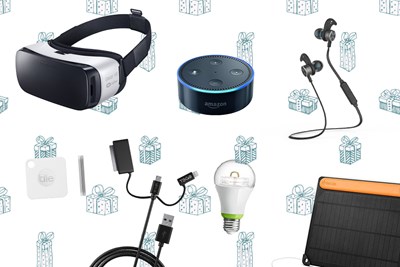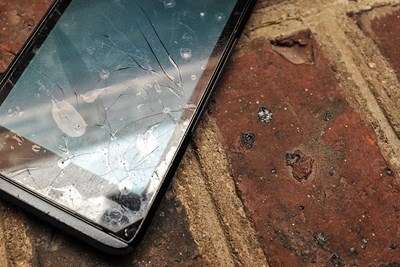If you’re not in the market for the new $1,000 iPhone X, you might be wondering what Android options are available for this year. With many different manufacturers creating headsets for the operating system, there are a plethora of choices.
However, three models stand out as the cream of the crop: the Google Pixel 2, the Samsung Galaxy S8, and the LG V30. With all of these phones serving as the flagship smartphone for their respective company, we had to compare them to figure out where each of these devices excels.
Google Pixel 2
The Google Pixel 2 has a starting price of $649 and can be purchased from Verizon or unlocked directly from Google. Overall, the Google Pixel 2 has improved quite a bit from the original model. It feels smoother switching between applications and screens, and the display looks better than before. The battery for the Google Pixel 2 holds less of a charge compared to the Samsung Galaxy S8 or the LG V30, which means you may find yourself charging up more often. It also doesn’t support wireless charging, but it does have fast charge.
The Google Pixel 2 removed the headphone jack, taking cues from the iPhone, meaning you’ll have to grab yourself a pair of Bluetooth headphones. One reason the Google Pixel 2 might be worth purchasing is the two front-facing speakers that are installed on the phone. This makes the screen a little smaller, but the sound doesn't distort when you’re listening to music or watching a movie.
Finally, the Google Pixel 2 easily has one of the best cameras on the market. While it doesn’t have a dual-camera setup like the LG V30, it’s incredibly responsive to light and colors. It’s easily one of the best single cameras on any smartphone. With skill, any picture can look professional on the Google Pixel 2.
Samsung Galaxy S8
Starting at $749, the Samsung Galaxy S8 has a unique look compared to the other smartphones on this list. It’s a little taller and narrower, so it’s ideal for smaller hands. Unlike the Google Pixel 2, the Samsung Galaxy S8 kept the 3.5mm headphone jack. Unfortunately, the sound isn’t as good on the S8 since it has a single bottom speaker that can be easily covered during use.
Where the Samsung Galaxy S8 shines is the huge, rectangular screen with spectacular quality. It uses a Super AMOLED quad-HD panel with a resolution of 2,960 x 1,140 pixels. The quality creates super vivid, saturated colors. Since the screen is so tall, you will spend less time scrolling and more time viewing.
While the screen display is smoother than ever before, the Samsung Galaxy S8 just doesn’t match up to Google Pixel 2. It doesn’t have the same consistent and clean display that immediately responds to swiping. However, we do appreciate Samsung’s decision to curve the screen less than the previous model. This means you won’t accidentally swipe, and the phone won’t get hung up as much while holding it.
LG V30
LG has one of the more expensive phone models around, with the V30 starting at $800. That’s probably because it’s made tons of improvements since the last model. One of the best developments is the sizeable six-inch screen. This is ideal for larger hands that need something substantial to hold onto. Thanks to the size, the LG V30 also has the largest battery among all of the smartphones on the list at 3,300 mAh. Now’s also a great time to mention that it supports Powermat wireless charging.
Another change is the camera. Unlike the Samsung S8 and Google Pixel 2, the LG V30 uses a dual-camera setup–one of which is a wide-angle lens. From scenic shots to group photos, the LG V30 allows you to take a variety of pictures without any issues.
The LG V30 isn’t without its cons. The OLED screen isn’t as saturated as the other premium smartphones on the list, which may be distracting for some users. Additionally, the software can seem heavy at times. It certainly doesn’t hold a candle to the Google Pixel 2 when it comes to a snappy user interface.


